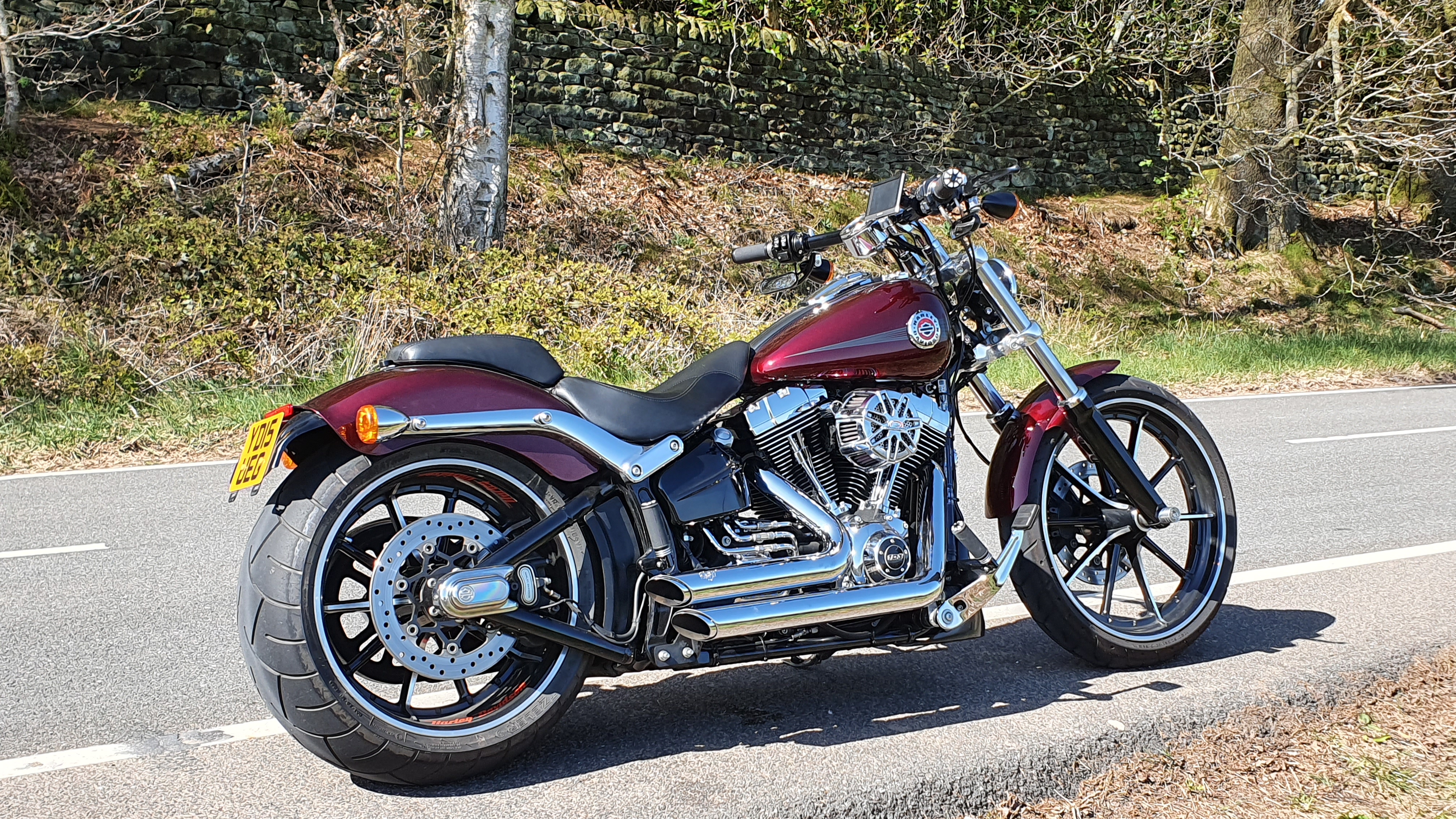Title Page
-
Business Unit
-
Site
-
Conducted on
-
Date of last audit
-
Machine
-
Year of manufacture
-
Prepared by
General Observations & Comments
-
undefined
Audit Section 1) Feed Unit
-
1.1) Have all rotating shafts been protected with telescopic guards?
-
1.2) Are all conveyor belts on the feed unit protected with nip guards?
-
1.3) Have roller shutter blinds been fitted to the side gates to prevent an operator reaching into the folding section of the machine?
-
1.4) Has a Perspex guard been fitted to the top front section of the feed unit to prevent a person reaching over into dangerous moving conveyor belts and rollers?
-
1.5) Has a working safety emergency stop trip wire been fitted across the width of the feed unit to include a safety reset button?
-
1.6) Is a sensor fitted requiring 2 handed button control to empty last boards from the feeder?
-
1.7) Have controls been identified with pictograms or text in the language of the country?
-
1.8) Has an emergency stop button been installed at the feed section of the machine?
-
1.9) Does the emergency stop control stop the machine within 1.2 seconds?
-
1.10) Is an audible warning siren fitted to sound for 3 secs before the machine starts/jogs?
Audit Section 2) Folding Section
-
2.1) Has the machine been fitted with ESPE light guards, fixed or interlocked guards that prevent a person entering the machine with the machine running (op and driveside)?
-
2.2) Have the light guards, fixed or interlocked guards been fitted with safety resets outside of the danger zone preventing the machine running until they are reset? (op and driveside)?
-
2.3) Has the machine been fitted with a two handed remote jog control that can be used inside the machinery guarding to help with the set up process?
-
2.4) Does an audible warning siren sound for 3 seconds before the machine is jogged?
-
2.5) Has an emergency stop button been installed at the folding section of the machine?
-
2.6) Does the emergency stop control stop the machine within 1.2 seconds?
Audit Section 3) Trombone Section
-
3.1) Has the trombone section been fitted with ESPE light guards, fixed or interlocked guards that prevent a person entering the machine with the machine running? (op and driveside)?
-
3.2) Have the light guards, fixed or interlocked guards been fitted with safety resets outside of the danger zone preventing the machine from running until they are reset? (op and driveside)?
-
3.3) Has an emergency stop button been installed at the trombone section of the machine?
-
3.4) Does the emergency stop control stop the machine within 1.2 seconds?
Audit Section 4) Press Section
-
4.1) Has the press section been fitted with ESPE light guards, fixed or interlocked guards that prevent a person entering the machine with the machine running? (op and driveside)?
-
4.2) Have the light guards, fixed or interlocked guards been fitted with safety resets outside of the danger zone preventing the machine from running until they are reset? (op and driveside)?
-
4.3) Has an emergency stop button been installed at the press section of the machine?
-
4.4) Does the emergency stop control stop the machine within 1.2 seconds?
Audit Section 5) Ancillary Equipment
-
5.1) Does the machine have a twin or pre feeder that complies with all safety requirements?
-
5.2) Does the machine have a 'tear tape' machine that complies with all safety requirements?
-
5.3) Does the machine have a turning, bundling, strapping machine (such as a 'Powerpacker') that complies with all safety requirements?
-
5.4) Does the machine have a stacking machine that complies with all safety requirements?
-
5.5) Does the machine have a safety camera system fitted that enables vision down the line?
-
5.6) Does all ancillary equipment have a CE declaration of conformity & marking plate?
-
Ancillary Equipment checklist:
1) Does the machinery have a CE declaration of conformity?
2) If yes, does the machine have a CE marking plate?
3) Is there sufficient guarding to prevent persons reaching dangerous parts of moving equipment?
4) Are pedestrian access gates & access points fitted (where necessary) with electronic interlocks?
5) Is a safety reset button fitted in proximity to the access gate/points allowing an operator to see inside the machinery guarding that all personnel are clear before restarting the machine?
6) Is there an audible pre-start warning sounding for 3 secs before allowing the machine to start?
7) Are there emergency stop buttons positioned at accessible locations around the machine?
8) Does the machine stop within 1.2 seconds when an emergency stop is activated?
9) Has the emergency stop been linked to the rest of the machine line?
10) Are there separate energy isolation points (electric/pneumatic) that are identified & lockable?
11) Have personnel received information, instruction & training and is it signed & recorded?
Audit Section 6) Isolation Points
-
6.1) Has the machine been fitted with electrical isolation points that are lockable?
-
6.2) Have the electrical isolation points been identified to show exactly what part of the machine is isolated?
-
6.3) Have the electrical isolation points been fitted outside of the danger zones?
-
6.4) Has the machine been fitted with pneumatic isolation points that are lockable?
-
6.5) Have the pneumatic isolation points been identified showing exactly what part of the machine is isolated?
-
6.6) Have the pneumatic isolation points been fitted outside of the danger zones?
Audit Section 7) Training & Information
-
7.1) Have the operators received information, instruction and training? Check for records.
-
7.2) Have formal machinery specific energy isolation procedures been developed for electricity and pneumatics?
-
7.3) Have operators and maintenance staff been trained in these energy isolation procedures? Check for records.
-
7.4) Have formal standard operating procedures been developed for operating and maintaining the machine?
-
7.5) Have operators and maintenance staff been trained in these standard operating procedures? Check of records.













